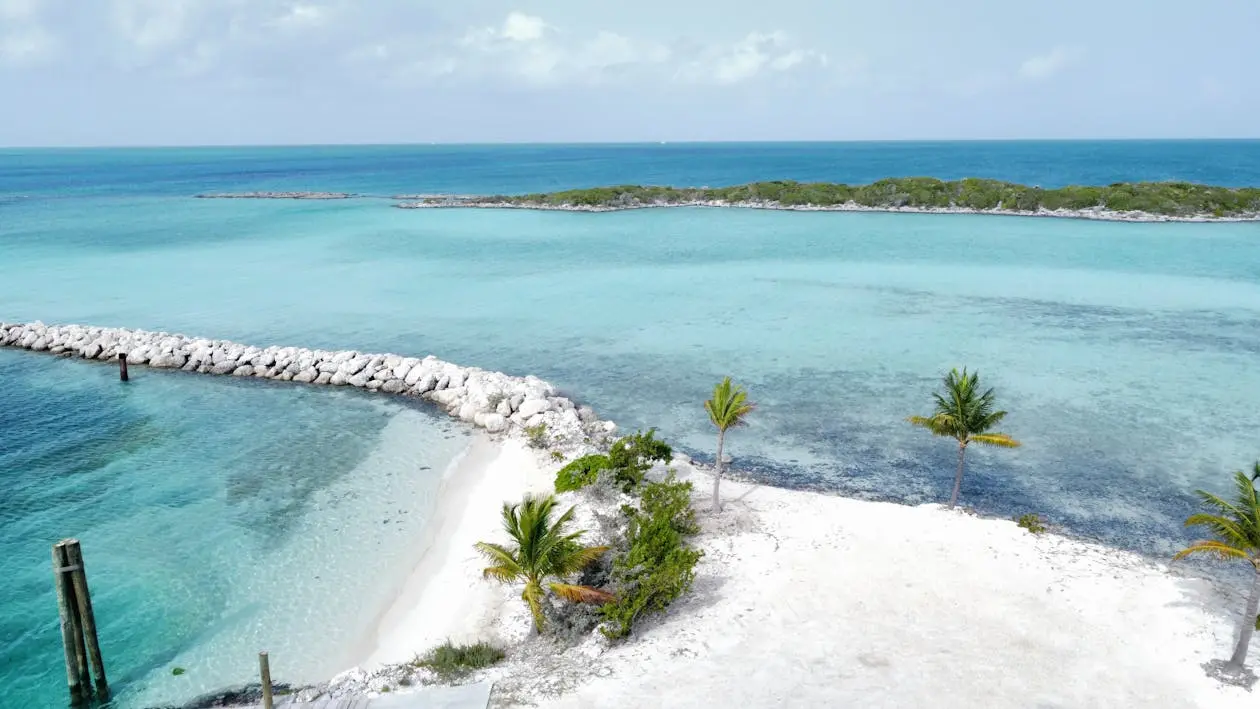Sheepshead: Habitats - Inlets
Fishing Inlets for Sheepshead

Image Credit: oripolito on Pexels
Overview of Fishing Inlets for Sheepshead
Inlets are dynamic zones where the open water meets sheltered estuarine areas. These regions are characterized by natural channels, shifting sandbars, and varying water depths due to tidal action. Such features create multiple microhabitats that attract sheepshead, which are known for their cautious feeding and selective grazing on small crustaceans and invertebrates.
Features Found In and Near Inlets
-
Natural Channels and Rip Channels:
Inlets often have narrow channels where tidal currents concentrate small bait and prey. These channels serve as feeding corridors where sheepshead can lie in wait. -
Sandbars and Shallow Flats:
Areas of exposed sand or mud during low tide create ideal hunting grounds. Flounder, in contrast, may be more prevalent on these flats; however, sheepshead often remain along the edges where vegetation and structure provide cover. -
Tidal Influence:
Tidal changes can dramatically alter the water depth and current speed. High tide brings more water into channels, concentrating forage, while low tide exposes flats and channels that attract sheepshead in search of shelter and food.
Sheepshead Habitat and Behavior in Inlets
-
Location Relative to Inlets:
Sheepshead are typically found along the margins of inlets, particularly near channels and pockets where currents bring in food. They may also be found near rip channels and along the edges of sandbars. -
Behavior:
In these environments, sheepshead tend to be very cautious and selective. Their feeding is often methodical, with a preference for grazing on crustaceans and small invertebrates. Their activity tends to increase during tidal changes when prey concentration is higher.
Targeting Sheepshead Near Inlets
Baits and Rigging Options
- Live Baits:
Effective live baits include fiddler crabs and shrimp.- Rigging: Use a popping cork, sliding sinker rig, or Fish Finder Rig to keep the bait near the bottom while allowing natural movement.
Lure Options and Retrieve Techniques
- Lure Options:
Jigs, flies, or soft plastic lures that mimic small crustaceans work well.
Community and Expert Angler Tips
-
Local Conditions:
Always review local tide charts and water conditions before heading out; tidal variations strongly influence where and when sheepshead feed. -
Learning Through Video:
Watching detailed video tutorials can help refine your approach. Look for experts who specialize in Inlet fishing for Sheepshead to learn advanced techniques.
Click the thumbnail above to watch a detailed guide on fishing Inlets for Sheepshead
For more tips, check out "fishing Inlets for Sheepshead tips" on YouTube
Popular Search Terms Related to Inlets for Sheepshead
| Search Term | Thumbnail | Link |
|---|---|---|
| Inlet Sheepshead Techniques | Watch Video | |
| Best Live Baits for Sheepshead in Inlets | Watch Video | |
| Inlet Retrieve Strategies for Sheepshead | Watch Video | |
| Where to Find Sheepshead in Inlets | Watch Video | |
| Sheepshead Fishing Tips in Inlet Areas | Watch Video |
Explore Related Topics
Discover more articles to deepen your knowledge
Curating articles for you...
Create your own Research Page using AI
Try our AI assistant for free—sign up to access this powerful feature
